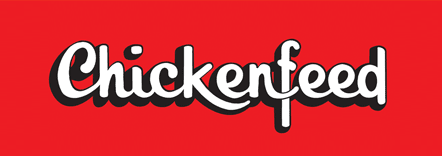THE INFORMATION ABOUT POULTRY FEED
Food for farm poultry, including chickens, ducks, geese and other domestic birds. Feed for poultry mostly consists of grain.A portion of commercial feed, typically around a quarter, is known as bulk and is indigestible.
The amount of bulk is referred to as bulk density. The quantity of feed, and the nutritional requirements of the feed, depend on the weight and the age of the poultry as well as the season.Healthy poultry require a sufficient amount of protein and carbohydrates, along with the necessary vitamins, dietary minerals, and an adequate supply of water. Certain diets also require the use of grit, tiny rocks such as pieces of granite, in the feed. Grit aids in digestion by grinding food as it passes through the gizzard.Grit is not needed if commercial feed is used.
The feed must remain clean and dry; contaminated feed can infect poultry. Damp feed encourages fungal growth. Mycotoxin poisoning, as an example, is "one of the most common and certainly most under-reported causes of toxicoses in poultry".
Diseases can be avoided with proper maintenance of the feed and feeder. A feeder is the device that supplies the feed to the poultry.
For privately raised chickens, or chickens as pets, feed can be delivered through jar, trough or tube feeders.
The use of poultry feed can also be supplemented with food found through foraging.In industrial agriculture, machinery is used to automate the feeding process, reducing the cost and increasing the scale of farming. For commercial poultry farming, feed serves as the largest cost of the operation.
The Example of feed poultry Company in Malaysia such as Gold Coin, Cargill, Leong Hup, Sinmah and FFM
The term chicken feed is also used as a colloquialism for a small or insufficient amount, especially a small amount of money.The term was first coined and used in that sense in 1904.







No comments:
Post a Comment